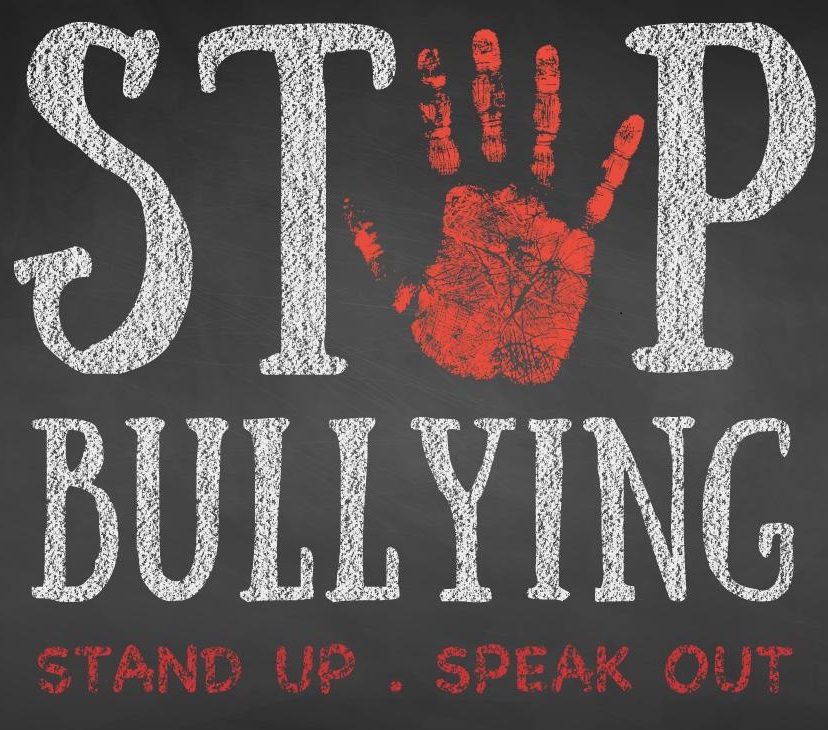Shekhar Singh: Psychological Bullying in Research Environments: How to Address and Take Action
Recently, I personally went through psychological bullying, and I can understand how bad it is. Even after you have done so much and worked hard but later you listen “you are worst student ever”, it’s kind of demotivating and heart breaking (from unknown). Furthermore, worst part is you want to let it go but you can’t because whenever you look that person face again all things come again to back of your head. So, I’m writing this blog to tell what someone can do and what actions someone can take if you face any bullying.
I am truly thankful to my supervisor (Riikka Martikainen), who helped me to come out of the things, she tried to resolve these things by motivating me time to time. I learn to handle the situation through her inspired talk and continued support for my research and personal development.
In the academic environment communication plays a vital role in moving forward in research and innovation. Researchers can express their ideas clearly and concise with other colleagues. It is important to present their original thoughts, results to juniors and seniors, build their confidence for the scientific conferences and communities.
Research fosters personal and professional growth, but in competitive environments, psychological bullying can arise, undermining that potential. This toxic behavior impacts emotional well-being and disrupts innovation leading to mental health issues like depression and anxiety, decreased productivity, and even an early exit from research careers. Therefore, recognizing the signs and knowing how to respond is critical.
Psychological bullying, also known as workplace harassment, is a serious issue that can occur in research settings, where power imbalances and high levels of competition often exist. This form of harassment involves repetitive and hostile behavior aimed at undermining an individual’s dignity, causing stress, anxiety, and professional damage. It can take various forms, such as verbal abuse, exclusion from opportunities, spreading rumors, excessive scrutiny, or unreasonable work demands. In research environments, this can manifest between colleagues, supervisors, and even mentors.

What to Do if You Are a Victim
- Document Incidents: One of the most important steps you can take is to document every incident of harassment. Keep detailed notes of what was said or done, the context, and any witnesses present. Include specific dates and times to ensure your account is as accurate as possible.
- Seek Support: Isolation is one of the effects of psychological bullying, so it’s essential to reach out for support. Connect with colleagues who you trust, or find external support networks, such as employee assistance programs (EAPs), counseling services, or peer support groups. Speaking with a mental health professional can help you process the emotional strain, reduce stress, and develop coping mechanisms.
- Know Your Rights: In most research institutions, anti-bullying policies are in place, offering a framework to protect employees and students. Familiarize yourself with these policies to understand what behavior qualifies as bullying and what actions can be taken. Understanding your rights will empower you to take informed steps in addressing the issue.
- Consider Mediation: Before escalating to formal complaints, mediation can sometimes be an effective approach, especially if the bullying is not extreme. In such cases, involving a neutral third party to mediate a conversation may help resolve the situation more amicably.
Taking Action Against Psychological Harassment
- Engage Bystanders: Witnesses to psychological bullying in research settings play a crucial role in stopping such toxic behavior. If you observe bullying, don’t remain silent. Confront the harasser if you feel safe doing so, or discreetly support the victim by offering help. Sometimes, just acknowledging the bullying can empower the victim to take action.
- Create Safe Spaces: Advocating for mental health awareness and anti-bullying training is essential in academic and research environments. Institutions should provide regular workshops and seminars on recognizing and dealing with bullying.
- Develop Clear Reporting Mechanisms: Research institutions must have clear, confidential, and accessible reporting channels for harassment. In some places, the fear of retaliation or damage to one’s career discourages victims from coming forward. Transparency in how complaints are handled and the protection of those who report harassment are critical steps.
- Encourage Leadership Accountability: Leaders and senior researchers must take responsibility for fostering a positive and harassment-free environment. They should lead by example, demonstrating zero tolerance for any form of bullying or discrimination. Ensuring that managers are trained to recognize and handle complaints promptly is crucial in maintaining a healthy research environment.
A comprehensive approach, involving institutional changes and individual action, can help mitigate psychological harassment in research settings and foster a culture of respect, growth, and collaboration.
Shekhar Singh works as a doctoral researcher in the Neuro-Innovation PhD Programme. His research focuses on epilepsy in patients with CSTB mutation. Read more about Shekhar’s journey here.